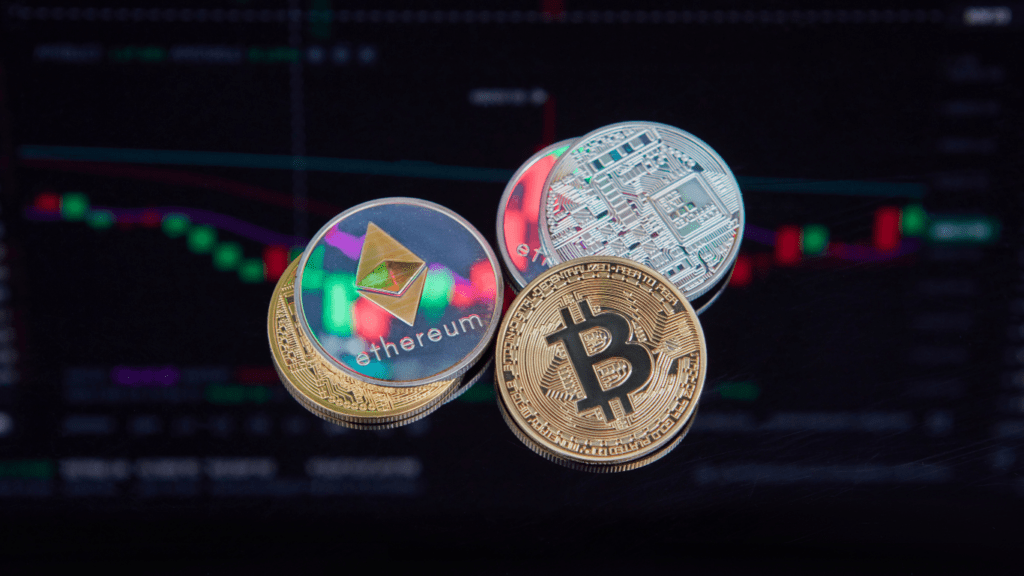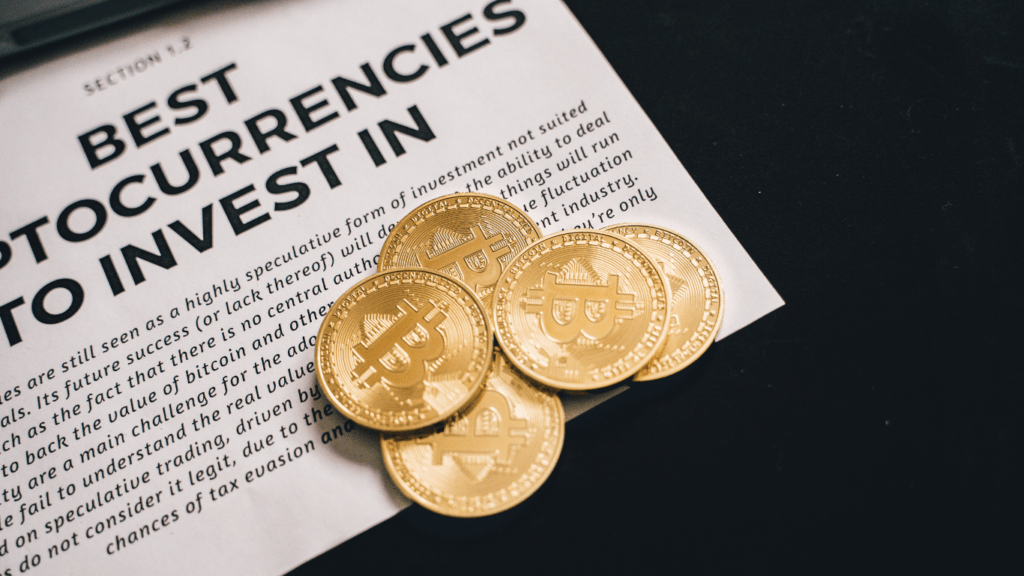Understanding DeFi Platforms
DeFi platforms use blockchain technology to create financial ecosystems without central authorities. They facilitate peer-to-peer transactions, offering services like lending, borrowing, and trading. Most DeFi platforms operate on Ethereum, which supports smart contracts.
Key Components of DeFi Platforms
- Smart Contracts: These self-executing contracts with coded terms facilitate transactions without intermediaries.
- Decentralized Exchanges (DEXs): Platforms like Uniswap and Sushiswap allow users to trade directly from their wallets.
- Liquidity Pools: Users provide assets to these pools to earn rewards or fees, enhancing market liquidity.
- Yield Farming: Strategies where users lock assets in DeFi protocols to earn interest or tokens.
- Stablecoins: Cryptocurrencies pegged to stable assets like USD, used in DeFi for minimizing volatility.
Popular DeFi Platforms
Several DeFi platforms stand out for their unique features and user adoption:
- Uniswap: A leading DEX offering swapping, liquidity provision, and governance tokens.
- Aave: A lending platform enabling users to lend and borrow various assets.
- Compound: Another lending platform known for its algorithmic, interest rate policies.
- Synthetix: A derivatives liquidity protocol allowing users to create and trade synthetic assets.
Benefits of Using DeFi Platforms
DeFi platforms offer numerous advantages, including:
- Transparency: Every transaction’s verifiable on a public ledger, reducing fraud.
- Accessibility: Users globally can access DeFi services without needing a traditional bank account.
- Lower Fees: Reduce transaction costs as they eliminate intermediaries.
- Control: Retain control over their assets since DeFi platforms operate on a non-custodial basis.
Understanding Risks Associated with DeFi
While DeFi platforms offer innovative ways to manage and grow assets, they come with risks:
- Smart Contract Vulnerabilities: Bugs or exploits can lead to loss of funds.
- Market Volatility: Crypto markets are highly volatile, affecting DeFi investments.
- Operational Risks: Technical issues or mismanagement can affect platform functionality.
By understanding these components and risks, traders can better navigate and leverage DeFi platforms for advanced trading strategies.
Key Features of DeFi Platforms
DeFi platforms offer a range of features that make them attractive for advanced trading strategies. Below are some key aspects that set them apart.
Decentralization
DeFi platforms operate without intermediaries, providing users full control over their assets. Operating on blockchain networks, transactions occur directly between users through smart contracts. This peer-to-peer structure increases transparency and reduces the risks associated with centralized entities, such as censorship or manipulation.
Smart Contracts
Smart contracts, self-executing contracts with conditions written in code, form the backbone of DeFi platforms. These contracts automate transactions, enforce rules, and minimize the need for manual intervention. For instance, Uniswap’s liquidity pools rely on smart contracts to facilitate automated trading. This technological innovation increases efficiency and trust within the ecosystem.
Security
Security remains a critical focus for DeFi platforms due to their decentralized nature. While decentralization enhances robustness against single points of failure, the reliance on code introduces potential vulnerabilities.
Platforms often undergo rigorous security audits and employ advanced cryptographic techniques to protect user assets. Nonetheless, users are encouraged to stay abreast of potential risks and choose platforms with strong security records.
Advanced Trading Strategies in DeFi

Decentralized Finance (DeFi) offers several advanced trading strategies. These strategies leverage the unique features of DeFi platforms to maximize returns and exploit market inefficiencies.
Arbitrage Opportunities
Arbitrage involves taking advantage of price differences across different markets. In DeFi, decentralized exchanges (DEXs) like Uniswap and SushiSwap often have price discrepancies.
A trader can buy assets at a lower price on one DEX and sell them at a higher price on another. Tools like DeFi Saver help in identifying and executing these trades efficiently. It’s crucial to factor in transaction fees and gas costs, as they can impact the profitability of arbitrage strategies.
Yield Farming
Yield farming, or liquidity mining, involves providing liquidity to DeFi platforms. Users deposit assets into liquidity pools, earning interest and additional token rewards.
Platforms like Aave, Compound, and Curve offer lucrative yield farming opportunities. Yield farmers seek to maximize returns by moving assets between pools with the highest yields. It’s essential to understand the associated risks, such as impermanent loss, before engaging in yield farming.
Leverage Trading
Leverage trading allows users to amplify their positions. DeFi platforms like dYdX and Synthetix facilitate leverage trading by offering margin trading and derivatives. Users can borrow assets to increase their market exposure, aiming for higher returns. However, leveraging also magnifies potential losses, so it’s critical to manage risk effectively. Tools like automated stop-loss orders and position monitoring can help in mitigating these risks.
Leveraging advanced trading strategies in DeFi can maximize returns and optimize trading efficiency. Understanding and effectively utilizing these strategies are key for success in the DeFi space.
Benefits of Using DeFi for Trading
Leveraging DeFi platforms for trading offers specific advantages that attract both novice and expert traders. These benefits transform the trading experience by making it more efficient, transparent, and economically viable.
Accessibility
DeFi platforms provide unparalleled accessibility. Any user with an internet connection can access financial services without geographic or bureaucratic limitations.
For example, decentralized exchanges (DEXs) allow 24/7 trading without the need for centralized account verification. This inclusivity opens doors for underserved communities and promotes global financial participation.
Transparency
Transparency stands out as a significant advantage. DeFi platforms operate on public blockchains, making all transactions visible and verifiable on the Ethereum blockchain. Smart contracts execute trades according to predefined rules without hidden mechanisms. For instance, Uniswap showcases live transaction data and liquidity pools, ensuring users have insight into market activities.
Reduced Fees
DeFi significantly reduces trading fees. Traditional financial institutions often impose various charges for transactions, maintenance, and intermediary services. In contrast, DeFi platforms minimize these costs by eliminating intermediaries.
For example, trading on Sushiswap incurs lower fees compared to centralized exchanges due to reduced administrative overhead. Reduced fees make DeFi trading more attractive and cost-effective.
By integrating accessibility, transparency, and reduced fees, DeFi trading platforms present themselves as revolutionary tools for optimizing trading strategies and achieving greater financial inclusion.
Risks and Challenges
Leveraging DeFi platforms offers numerous benefits, but it also comes with significant risks and challenges that traders must navigate.
Volatility
Cryptocurrencies exhibit significant price fluctuations. DeFi platforms, which rely on these assets, can experience extreme volatility, affecting both investments and returns. For example, the value of tokens used as collateral in lending protocols can plummet, resulting in forced liquidations. To navigate this, I diversify my holdings and employ stop-loss mechanisms.
Regulatory Uncertainty
The regulatory landscape for DeFi remains unclear. Governments may implement new regulations that could impact platform operations and user access. For instance, regulatory bodies might target specific tokens or transaction types, leading to compliance challenges. By staying informed about legal developments, I adapt my strategies accordingly to minimize regulatory risks.
Technical Risks
Smart contract vulnerabilities pose significant risks. Coding flaws or exploits can lead to substantial financial losses, as seen in cases of hacked protocols. Additionally, platform downtime or bugs can disrupt trading activities. I mitigate these risks by choosing reputable platforms, auditing smart contract code, and keeping a portion of my assets in cold storage.
Tools and Resources
Leveraging DeFi platforms for advanced trading strategies requires the right tools and resources. These tools can provide insight, automation, and education crucial for success in the DeFi space.
Analytics Platforms
DeFi traders rely heavily on analytics platforms to make informed decisions. Sites like Dune Analytics and DeFi Pulse offer real-time data on platform usage, liquidity pools, and trading volumes. Using these platforms, traders can track performance metrics, monitor market trends, and identify lucrative opportunities. Analyzing this data helps in developing more effective trading strategies and minimizing risks.
Trading Bots
Trading bots have become essential for executing complex trading strategies on DeFi platforms. These algorithms automate trades, making transactions faster and more efficient. Tools like 3Commas and Cryptohopper allow traders to set specific criteria for buying and selling, optimizing performance. Trading bots can also help capture arbitrage opportunities and perform high-frequency trading without requiring constant monitoring.
Educational Resources
Knowledge is crucial for successful DeFi trading. Numerous educational resources can provide valuable insights and strategies. Websites like DeFi Tutorials and Medium articles from industry experts offer step-by-step guides, market analyses, and the latest news. Subscribing to these resources ensures staying up-to-date on innovations, regulatory changes, and best practices in the DeFi ecosystem.

 Ricky Morenolendez is a key contributor at The Digi Chain Exchange, recognized for his deep expertise in cryptocurrency and blockchain technology. With years of experience in analyzing market trends and providing actionable insights, Ricky has become a trusted voice in the crypto space. His work focuses on helping investors understand the nuances of digital assets, from Bitcoin to emerging altcoins. Ricky’s dedication to educating the community on market strategies and crypto developments has made him an invaluable asset to The Digi Chain Exchange team.
Ricky Morenolendez is a key contributor at The Digi Chain Exchange, recognized for his deep expertise in cryptocurrency and blockchain technology. With years of experience in analyzing market trends and providing actionable insights, Ricky has become a trusted voice in the crypto space. His work focuses on helping investors understand the nuances of digital assets, from Bitcoin to emerging altcoins. Ricky’s dedication to educating the community on market strategies and crypto developments has made him an invaluable asset to The Digi Chain Exchange team.

